What Is Autistic Masking?
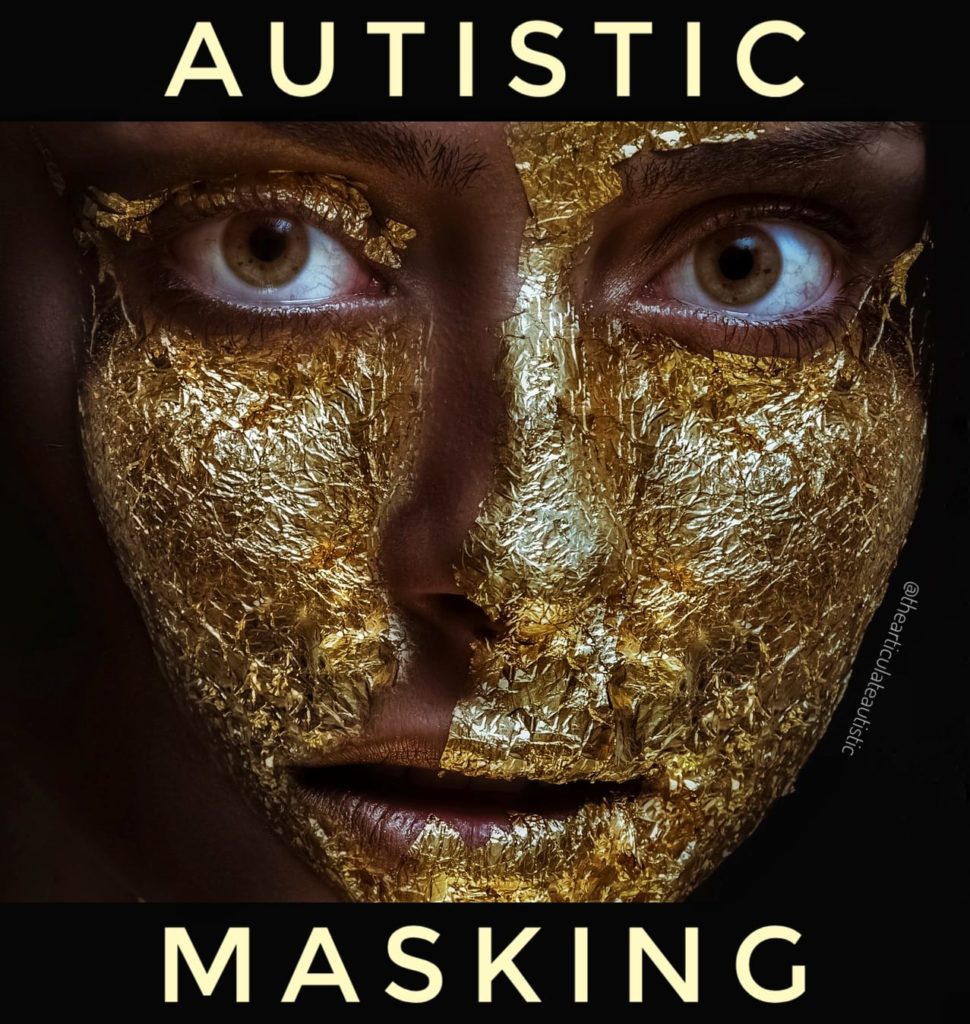
I know a lot of neurodiversity pages bring up the topic of autistic masking, but I’d like to address it from what I hope is a few different angles.
If you’re unsure of what autistic masking is, it’s something many autistic people do in order to fit in and remain (temporarily) undetectable to neurotypical people.
For example, an autistic person may control their stimming, speak with inflections and tone, lower the volume of their voice, memorize and repeat safe, small talk topics such as the weather, food, or movies.
We may learn appropriate facial expressions and emulate them, and teach ourselves to control blurting out information or talking about one topic for too long.
These are only a few examples of how we mask, and it is very important to understand why we do this.
One, we do NOT pretend to feel emotions. We may emulate facial expressions, but we DO feel the emotions that go with those facial expressions, but we don’t make them automatically, so we have to learn how to express emotions with our faces.
Two, masking is utterly exhausting, and we can only keep it up for so long. What is as easy and effortless for NT people as breathing, we have to consciously remind ourselves to do.
Three, we mask in order to be safe and not draw unwanted attention to ourselves and single ourselves out as different, as this could lead to abuse.
Four, and I’m not sure how often this is addressed, we often are NOT EVEN AWARE that we are masking. After years or even decades of doing this, it just happens, but, again, it is exhausting. It’s also quite emotionally damaging because we are not being ourselves.
Five, the NT people we are around usually believe the mask is true and the autistic traits are a lie when the opposite is true, and THIS, above all else, is what hinders us and hurts us the most.
(Article continues below.)
The best way to improve communication with your autistic loved one is to understand how your autistic loved one’s mind works! Intentions, motivations, and personal expressions (facial expressions or lack thereof, body language, etc.), are often quite different in autistic people than they are in neurotypical people.
Experience a better understanding of your autistic loved one by reading books about life from an autistic perspective as well as stories that feature autistic characters. You’ll have so many “Ah ha!” moments and start seeing your autistic loved one in a different light (and you’ll have a better understanding of their behaviors, which you may have been misinterpreting up until now).
Books I recommend for a better understanding of your autistic loved one:
When the mask slips, people believe we’ve “changed”, when, in reality, we are finally being ourselves.
The reason autistic masking exists is because, at a very early age, we were taught (either directly or indirectly) that we were different somehow, and the people around us didn’t like that.
We do not mask for any nefarious reason or to manipulate others. It doesn’t come from a place of malice. We just want to be safe. This desire to survive overrides everything else and prompts a visceral reaction within us to “blend or die”. It’s that serious.
This goes in tandem with my post about us saying we understand when we don’t. Again, it’s a survival technique, but it comes at great personal cost.
And the only reason we have to do this is because there is still so little truly understood about how the neurodiverse mind works–the thoughts, the feelings, the intentions, the perceptions–and these nuances are absolutely critical for understanding.
If this understanding does not happen, NT people will continue to ascribe neurotypical intentions to autistic behaviors, and this is completely inaccurate and what causes so many misunderstandings.
The more we all understand the autistic brain, the better off we’ll all be, and, little by little, the mask can fall away, and we can live and contribute to society in an authentic way instead of spending a lifetime using all of our energy to cover up who we are.
Follow me on Instagram.
Want downloadable, PDF-format copies of these blog posts to print and use with your loved ones or small class? Click here to become a Patreon supporter!
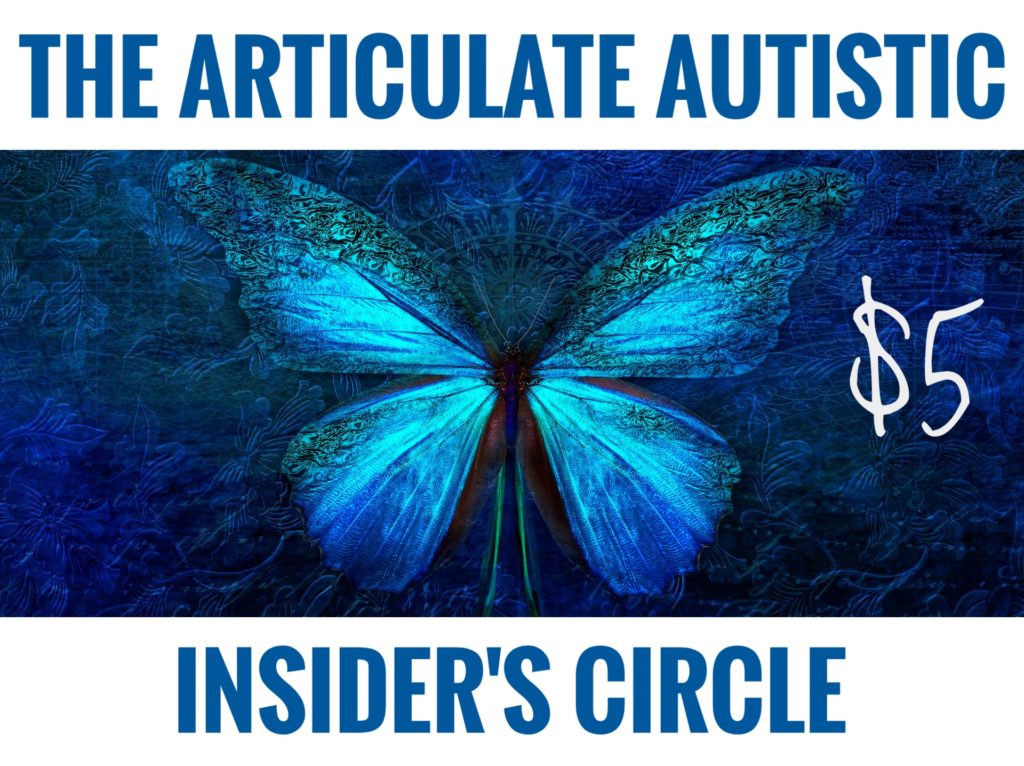

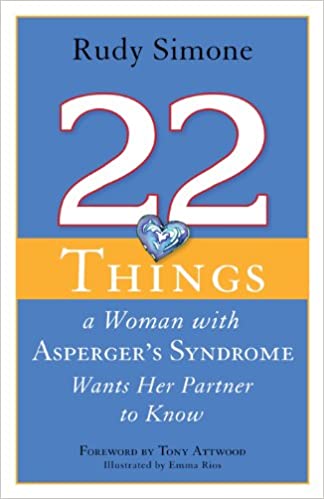
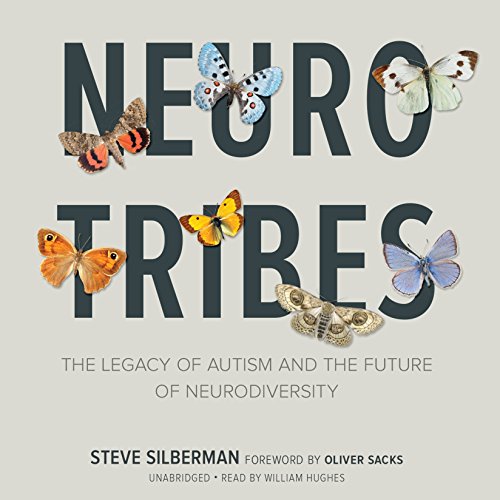
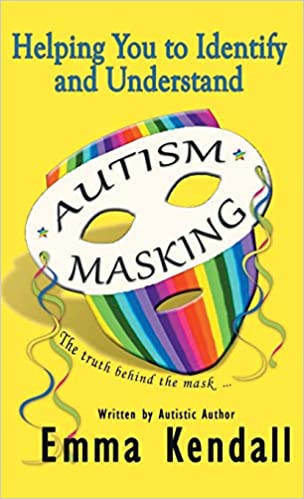
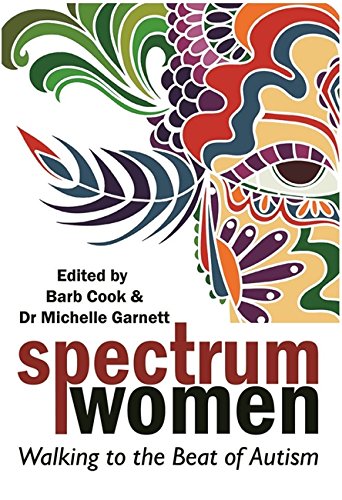


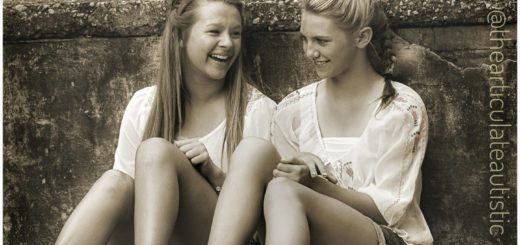
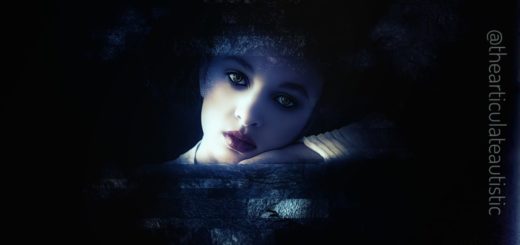
18 Responses
[…] think I learned how to force facial expressions as a part of masking, but I still wasn’t completely aware that I didn’t make them naturally. I just copied […]
[…] received a direct message about autistic masking that not only drew my attention to this matter, but immediately placed it on the top of my […]
[…] or outright cruel commentary is never going to make anybody less autistic. It may make us mask who we are for long periods of time, which will do serious harm to us emotionally, but it’s not going to make us suddenly […]
[…] us alive and uninjured (or less injured) in a neurotypical world. Learn more about it by clicking here and […]
[…] We mask to survive. Taking that mask off and telling you means we pretty much have to trust you with our […]
[…] This is called masking. […]
[…] Waited to be approached. (Yes, I did a lot of masking so as not to scare people off with my RAF — “Resting Autistic […]
[…] night and day difference between disassociation, shoving down and stifling emotional responses, and masking and ACTUALLY getting used to something and no longer being as deeply affected by […]
[…] don’t do that anymore, but it was part of my mask, my survival strategy, for a long […]
[…] Although I’ve never experienced ABA training, either. I do know that this has also been my experience in childhood. I learned very early on in life that I, as I was, was not acceptable. Not my behavior, not my way of thinking, not my way of speaking, not my facial expressions (or lack thereof), not my way of being. Nothing. I was not acceptable, and because of that, I was repeatedly traumatized until I learned how to mask to save what was left of my sanity. […]
[…] here. (We actually do this all the time in order to relate more effectively with you. It’s called masking. But, you don’t have to change your entire way of being, just learn how to be a little more […]
[…] (many) ironic things about growing up as an undiagnosed autistic in a neurotypical world is how the masking I learned and use to survive can backfire on me when others try to gauge my internal feelings by my […]
[…] so, until we learn that this is unacceptable and even offensive by neurotypical standards, and we begin to mask, many autistic people have what appears to be a “blank” look whether we are happy, sad, […]
[…] stand misunderstandings. I hate them with a passion, and they happen all the time. Unless I have my pretending-to-be-neurotypical mask superglued to my face, so to speak, there will be […]
[…] lot of us autistic folks mask regularly. We do it as a survival tactic, not as a way to trick anyone. Masking to fit in with neurotypical […]
[…] many autistic people, did (and still do) a lot of masking. If you’re unfamiliar with the term, masking is when an autistic person suppresses their natural autistic traits and mimics the facial […]
[…] person that they will only be liked if they behave more neurotypically will lead to a lifetime of masking, identity struggles, and self-loathing. It is not nice, it is not loving, it is not kind. It’s […]
[…] overloaded, and overstimulated to the point where we forget social hierarchy and the mask and just start swearing or telling it like it is, and, the NTs we’ve tried to reason with […]